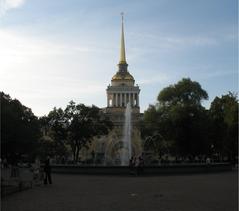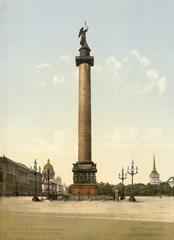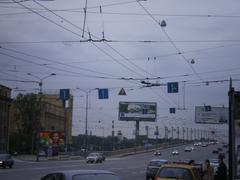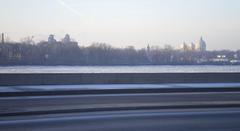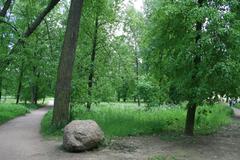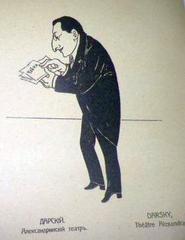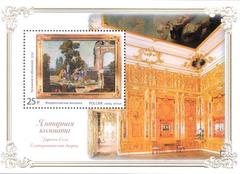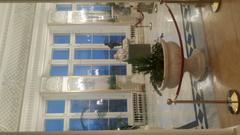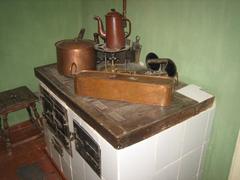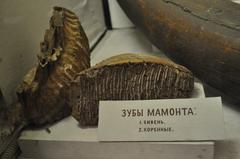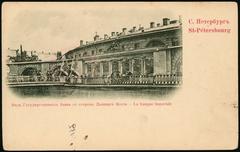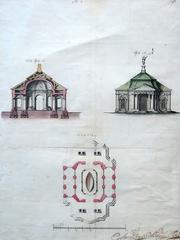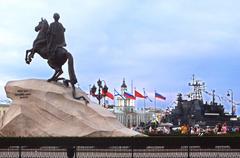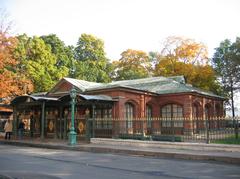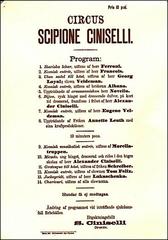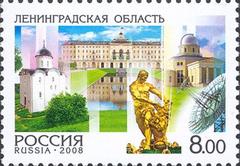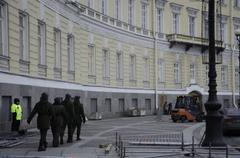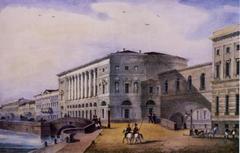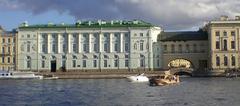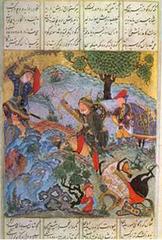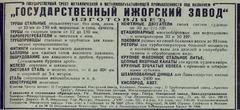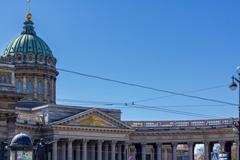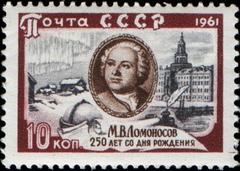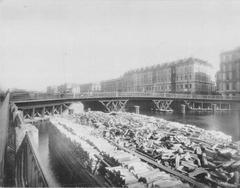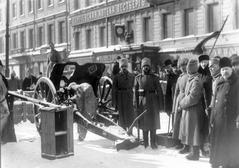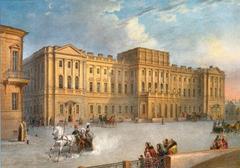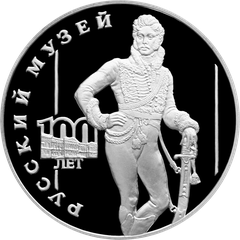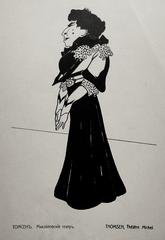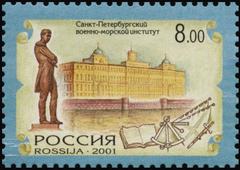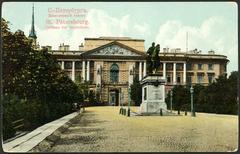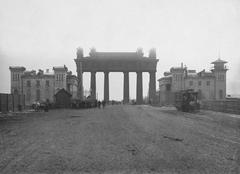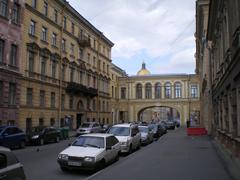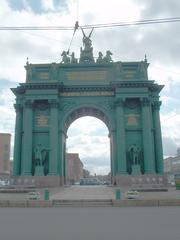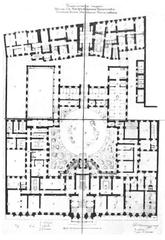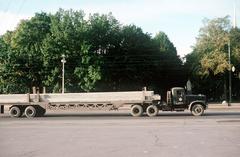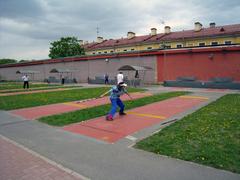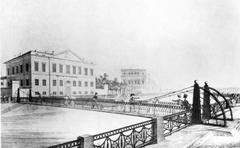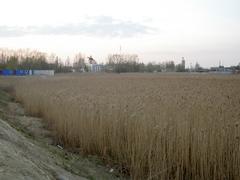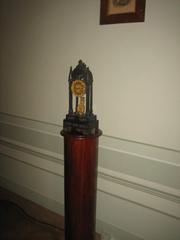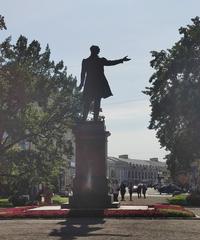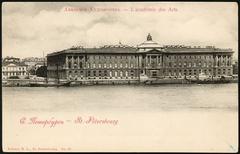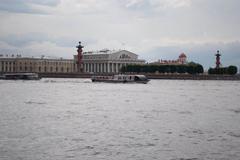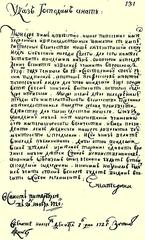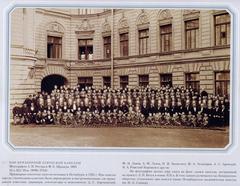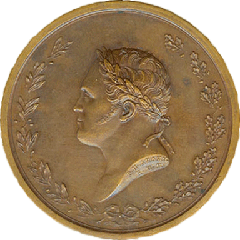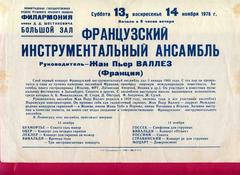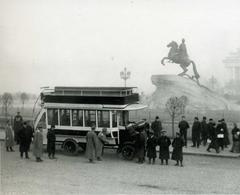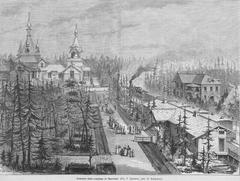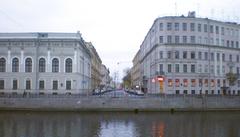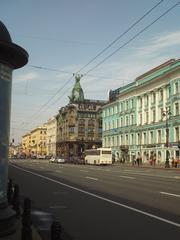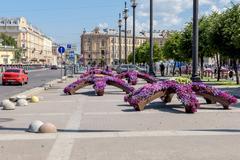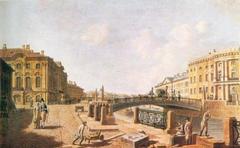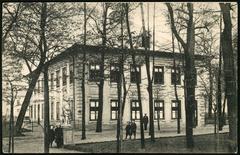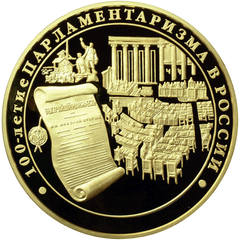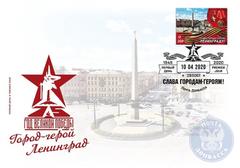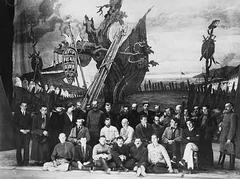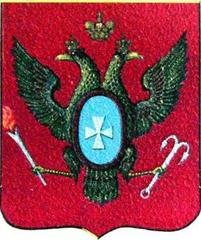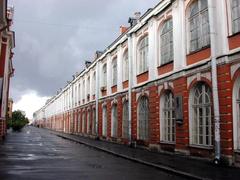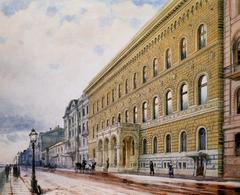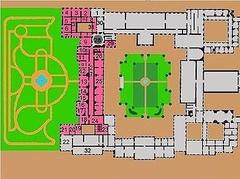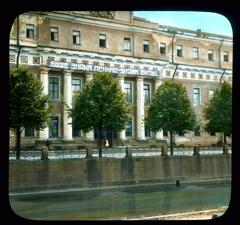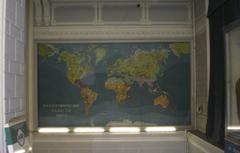Menshikov Palace Visiting Hours, Tickets, and Historical Insights
Date: 18/07/2024
Introduction
The Menshikov Palace, situated on Vasilyevsky Island in Saint Petersburg, Russia, is a testament to the opulent lifestyle and architectural grandeur of early 18th-century Russian nobility. Constructed between 1710 and 1727 under the direction of Alexander Menshikov, a prominent figure and close associate of Peter the Great, the palace is recognized as one of the earliest stone buildings in Saint Petersburg. Menshikov, serving as the first Governor of Saint Petersburg, played a crucial role in the city’s early development, with the palace reflecting his influence and the era’s European-inspired architectural trends (Hermitage Museum). Designed by Giovanni Maria Fontana and Gottfried Schädel, the palace is an exemplary model of the Petrine Baroque style, which integrates traditional Russian elements with European Baroque aesthetics (Saint Petersburg Encyclopedia). This guide aims to provide a comprehensive overview of the Menshikov Palace, covering its historical significance, visitor information, and travel tips, ensuring an enriching experience for anyone planning to explore this iconic landmark.
Table of Contents
- Introduction
- History of The Menshikov Palace
- Practical Visitor Information
- Travel Tips and Nearby Attractions
- Cultural Impact
- Visitor Experience
- FAQ
- Conclusion
History of The Menshikov Palace
Early Construction and Founding
The construction of the Menshikov Palace began in 1710 under the direction of Alexander Menshikov, a close associate and confidant of Peter the Great. Menshikov, who was the first Governor of Saint Petersburg, played a crucial role in the early development of the city. The palace was designed by architects Giovanni Maria Fontana and Gottfried Schädel, who incorporated elements of the Petrine Baroque style, characterized by its grandeur and European influences (Hermitage Museum).
Architectural Significance
The Menshikov Palace is a prime example of early 18th-century Russian architecture. The building’s design reflects the transition from traditional Russian styles to the more modern European Baroque. The palace’s exterior features a combination of brick and stone, with elaborate stucco decorations and a distinctive mansard roof. The interior is equally impressive, with richly decorated rooms, intricate woodwork, and ornate frescoes. The palace’s layout includes a central hall, reception rooms, and private chambers, all designed to showcase Menshikov’s wealth and status (Saint Petersburg Encyclopedia).
Role in Russian History
The Menshikov Palace played a significant role in the political and social life of early 18th-century Russia. As the residence of Alexander Menshikov, the palace was a center of power and influence. Menshikov was a key figure in Peter the Great’s government, holding various high-ranking positions, including Generalissimo and President of the Military Collegium. The palace hosted numerous important events, including state receptions, diplomatic meetings, and lavish parties. It was also a symbol of Menshikov’s close relationship with Peter the Great, who frequently visited the palace (Russian History Museum).
Decline and Restoration
After Menshikov’s fall from power in 1727, the palace underwent a period of decline. Menshikov was arrested and exiled to Siberia, and his properties, including the palace, were confiscated by the state. The building was repurposed for various uses over the years, including serving as a military barracks and a school. Despite these changes, the palace’s architectural and historical significance was recognized, and efforts were made to preserve its original features. In the 20th century, extensive restoration work was carried out to return the palace to its former glory. Today, the Menshikov Palace is part of the State Hermitage Museum and is open to the public as a museum (Hermitage Museum).
Practical Visitor Information
Visiting Hours and Tickets
The Menshikov Palace is open to visitors from Tuesday to Sunday, 10:30 AM to 6:00 PM. It is closed on Mondays and the first Tuesday of each month. Ticket prices are as follows:
- Adults: 600 RUB
- Students and Seniors: 300 RUB
- Children under 18: Free
Tickets can be purchased online through the Hermitage Museum’s official website or at the entrance.
Guided Tours and Exhibits
The museum offers guided tours that provide insights into the life and times of Alexander Menshikov and the early years of Saint Petersburg. The palace’s exhibits include original furnishings, artworks, and artifacts from the 18th century, offering a glimpse into the opulent lifestyle of the Russian nobility.
Travel Tips and Nearby Attractions
Travel Tips
- Comfortable Shoes: Wear comfortable shoes as you’ll be doing a lot of walking.
- Photography: Photography is allowed, but flash and tripods are prohibited.
Nearby Attractions
After visiting the Menshikov Palace, consider exploring other nearby historical sites such as the Peter and Paul Fortress, the Kunstkamera, and the Academy of Arts.
Special Events
Check the Hermitage Museum’s website for information on special events and temporary exhibitions held at the Menshikov Palace.
Cultural Impact
The Menshikov Palace is not only an architectural masterpiece but also a cultural landmark. It represents the early efforts to modernize Russia and integrate European cultural and artistic influences. The palace’s design and decoration reflect the tastes and aspirations of the Russian elite in the early 18th century. The building’s history is intertwined with the broader narrative of Saint Petersburg’s development as a major European city. The palace’s preservation and restoration have ensured that future generations can appreciate its historical and cultural significance (Saint Petersburg Encyclopedia).
Visitor Experience
Today, visitors to the Menshikov Palace can explore its beautifully restored rooms and learn about its rich history. The museum offers guided tours that provide insights into the life and times of Alexander Menshikov and the early years of Saint Petersburg. The palace’s exhibits include original furnishings, artworks, and artifacts from the 18th century, offering a glimpse into the opulent lifestyle of the Russian nobility. The Menshikov Palace is a must-visit destination for anyone interested in Russian history and architecture (Hermitage Museum).
FAQ
What are the visiting hours for the Menshikov Palace?
The Menshikov Palace is open from Tuesday to Sunday, 10:30 AM to 6:00 PM, and is closed on Mondays and the first Tuesday of each month.
How much are tickets to the Menshikov Palace?
Ticket prices are 600 RUB for adults, 300 RUB for students and seniors, and free for children under 18.
Can I take photos inside the Menshikov Palace?
Yes, photography is allowed, but flash and tripods are prohibited.
Conclusion
The Menshikov Palace stands as a testament to the architectural and cultural achievements of early 18th-century Russia. Its history is closely linked to the rise and fall of Alexander Menshikov, one of the most influential figures in Peter the Great’s Russia. The palace’s preservation and restoration have ensured that it remains a significant cultural landmark, offering visitors a unique opportunity to explore the rich history and heritage of Saint Petersburg. Plan your visit today and step back in time to experience the grandeur of the Menshikov Palace (Hermitage Museum, Saint Petersburg Encyclopedia).
References
- Hermitage Museum (https://www.hermitagemuseum.org)
- Saint Petersburg Encyclopedia (http://www.encspb.ru)
- Russian History Museum (https://www.russianhistorymuseum.org)
- Russia Beyond (https://www.rbth.com)
- Visit Petersburg (https://www.visit-petersburg.ru)
